|
By Maribeth Evezich, MS, RD
If you’re not monitoring your intake, sugar could be sabotaging your health and weight. Because when it comes to sugar, ignorance is not bliss. Here’s why. Not long ago, added sugars were only a concern due to being “empty calories” promoting obesity and dental cavities. While considered an “unhealthy indulgence,” sugar’s only known risks were to our teeth and waistline and perhaps inadequate nutrition. But then the research started piling up. Today we know better. Over-consumption of added sugar is recognized as an independent risk factor for cardiovascular disease as well as many other chronic diseases, including diabetes mellitus, liver cirrhosis, and dementia—and is linked to dyslipidemia, hypertension, and insulin resistance.1 So the concern related to added sugar over-consumption has broadened to our whole body with potential health issues from head to toe, literally. In fact, according to UCSF School of Medicine professor Dr. Laura A. Schmidt’s invited commentary in JAMA Internal Medicine, “Too much sugar does not just make us fat; it can also make us sick.”1 Further, excess sugars are associated with premature aging as their by-products build up in connective tissue, promoting stiffness and loss of elasticity.2,3 Think wrinkles. How much is too much? Not surprisingly, major health institutions, such as the Institute of Medicine, World Health Organization (WHO), and the United States Department of Agriculture (USDA) Dietary Guidelines recommend limiting added sugars. Further, the American Heart Association (AHA) has set specific daily limits (see graphic).4 However, while the WHO echoes these guidelines, it encourages further limitation to 5% of daily calories for additional health benefits. That’s 6 teaspoons, 100 calories, 25 grams for a 2,000 calories diet.5 How are we doing? Not well! According to the USDA Dietary Guidelines, on average we’re eating almost 270 calories, or more than 13 percent of calories per day, in added sugars. That’s about 17 teaspoons (approximately 1/3 cup) of added sugars per day, about double the AHA guideline.6 Concerned about your weight? Do the math. That’s 11 teaspoons over the WHO’s more conservative recommendation. So, by simply reducing your added sugars to the lower WHO recommendation, you could be 9 kg lighter a year from now. Where is all this added sugar coming from? Most added sugar comes from processed and prepared foods. Beverages (soft drinks, fruit drinks, sweetened coffee and tea, energy drinks, alcoholic beverages, and flavored waters) are the biggest culprit. For example, with as many as 11 teaspoons (46.2 grams) of added sugar in one 350 ml. soda, a single serving is close to double the recommended limit for women and children. The other major “sugar bombs” are snacks and sweets (grain-based desserts, dairy desserts, puddings, candies, sugars, jams, syrups, and sweet toppings).7 Further, sugar is pervasive in our food supply. You’ll find it lurking in some not-so-obvious places, including savory foods, such as bread and pasta sauce, fruit juices, and bottle sauces, dressings, and condiments, such as ketchup. In fact, you’ll find added sugar in 74% of packaged foods sold in supermarkets, including those marketed as “healthy,” “natural,” “low-fat,” or “gluten-free.”7 They’re everywhere. The only way to keep them at a minimum is to eat whole, minimally processed foods. In the next post in this series, we’ll look at why sugar cravings are so tough to conquer and help you identify hidden sugars in your diet. REFERENCES
11 Comments
"I'm addicted to sugar"
We’ve all heard or thought this before. Considering the American palate for highly processed, overly sweetened foods and the ubiquitous nature of sugar in advertising, we see evidence of a concerning shift. Sugar’s role in the American diet has moved beyond a character actor and into a starring role. Further, as discussed in the previous post, Sugar. How Much Is Too Much?, we consume far more sugar than is recommended for our health. But the question remains—are we addicted? More please: How sugar affects the brain While an ICD-10 code for “sugar addiction,” has yet to be established, an increasing body of research tells us that sugar has addictive effects on the brain.1,2 Like sex and drugs, consuming sugar stimulates the release of dopamine, a neurotransmitter that gives us a sense of euphoria and controls the reward and pleasure centers in the brain. But what may have evolved as a survival mechanism has gone rogue. The caveman sweet tooth From an anthropological perspective, we are hard-wired for sweetness. The pleasing taste of sweet foods was a conditioned reward, one which could increase early man’s survival odds. In times of food scarcity, a preference for more nutritionally dense foods might have provided the energy required to continue the hunt, outrun a predator, or simply avoid starvation. Flash forward a few hundred thousand years, and sugar is exponentially more abundant. Consistent intake of concentrated sugar can lead to changes in the brain’s dopamine receptors. Similar to increased drug or alcohol tolerance, over time, more sugar is needed for the same “high.” Cookies and cocaine So, the more you eat, the more you want. But, as for being “addictive” animal studies have shown sugar consumption to have drug-like effects. These include sugar-related bingeing, craving, tolerance, and withdrawal. In fact, according to a Connecticut College study, Oreo cookies cause more neural activation in the brains of rats than cocaine.3 Taking control For many individuals, the only way to stop over-consuming sugar is to stop the cravings. But the only way to end the cravings is to stop feeding them with sugar. So, in addition to cutting out the obvious forms of sugar—candy, baked goods, etc.—it is important to be aware of the less obvious forms of sugar in your diet. Over the course of a day, small quantities can add up, keep your cravings alive, and thwart your efforts to take control of sugar. So become a sugar sleuth. Here are five tips to get you started. 5 Tips for Identifying Added Sugars
The journey to a healthy relationship with sugar starts with awareness. Watch for the next post in this series, which will feature strategies for taking control of sugar. References
By Maribeth Evezich, MS, RD Sugar. Here’s what we know for sure. As a country we eat too much. It’s everywhere. And it’s possibly addictive. But how do you know if sugar is a problem for you? If in doubt, simply ask yourself who is in control—sugar or you? If you’re not sure if you or sugar is in charge, ask yourself if these situations sound familiar:
If one or more of these statements apply to you, your relationship with sugar may be unhealthy. Most people find that avoiding sugar completely, ideally for several weeks, helps them reclaim control over sugar. Follow these 10 steps to help make it happen.
References:
You eat when you’re hungry. When you’re full, you put down your fork.
It sounds simple, right? Not always. Some of us succumb to cravings even when we’re satiated. In fact, chances are that most of us have experienced cravings at one time or another. A recent study indicated 97% of women and 68% of men report feeling cravings at one time or another.1 But what are cravings? Why do we crave certain foods more than others? And, from a physiological standpoint, how does satiety work? This post will go over the details. What is satiety? Satiety is what we experience after eating a meal or snack. Normal satiety involves not only feeling full after sufficient intake, but also experiencing the need to limit consumption until the next time we get hungry.2 The brain is closely linked to satiety. The central nervous system—and more specifically, the hypothalamus—is responsible for letting us know when we’re ready to stop eating.2 Here are some of the factors that can affect the way we regulate our food intake:2
There are other factors that might occur as well.2 For instance, our physical activity levels and the pleasure we experience from eating can also affect satiety.3 And while most people stop eating when they’re satiated, others may continue to indulge long after the body signals it’s full.2 This is where food cravings come in. What causes cravings? Just as the brain affects satiety, it also plays an important role in food cravings.3,4 Cravings are the products of signals from the brain regions responsible for pleasure, memory, and rewards. These regions include the hippocampus, insula, and caudate. In many cases, the brain regions responsible for memory—those that associate specific foods with pleasure—are especially active when we crave fatty, sugary, or salty foods.4,5 There are a number of other factors that have also been linked to cravings:
Before we move on, it’s worth noting that cravings can be either selective or nonselective in nature. Selective cravings are for specific foods, like a greasy burger or a slice of rich chocolate cake.4 These types of cravings could also be specific for sugar, salt, or fat.4 If you find yourself lingering in the candy aisle, reaching for that pint of ice cream you keep in the freezer, and pouring yourself cup after cup of your favorite sweetened coffee drink, you likely have a selective craving for sugar. Non-selective cravings, conversely, don’t target specific foods. Instead, they represent a desire to eat or drink anything—and they could be the result of real hunger or thirst. If you notice these types of cravings, drink plenty of water and make sure you’re getting enough to eat. By doing so, you may be able to address these non-selective cravings relatively quickly.4,5 What are some strategies for overcoming cravings?While there’s no harm in succumbing to the occasional craving, we should all strive to adopt a nutritious diet. We’ll be healthier and happier, and the brain and body will thank us for eating nutrient-dense foods.1,3-5 With that, here are some tips for overcoming unhealthy food cravings:
So socialize with a friend. Take a hike in nature. Sit down with a good book. Do what you can to relax and find joy in your life and not on your plate.
We can replace our cravings with healthier alternatives.4 For example, instead of reaching for a sugar-laden, fruit-flavored carton of yogurt, opt for the plain alternative and sweeten it yourself—in moderation—with fresh fruit, all-natural honey, or pure maple syrup.
So try not to let yourself get too hungry—and focus on nutritious foods. Eating more protein, healthful fats, colorful produce, and whole grains throughout the day will keep your hunger in check without triggering a potential craving.3-5 While these strategies can help us manage our cravings, they aren’t our only options. Again, it’s essential to drink enough water throughout the day.4 And we can always step away from the fridge the next time a craving hits, and engage in a non-food-related, pleasure-inducing activity instead. We might stretch our muscles, spend time with family, or listen to music. Contacting your healthcare practitioner to discuss cravings and changes to diet may also be a good idea. For more information on nutrition and general wellness topics, please visit the Metagenics blog. References:
Inflammation plays a key role in the immune system.1 This physiological process, the inflammatory response, is the body’s way of protecting itself from infection due to bacteria, viruses, fungi, and other foreign substances.2 Inflammation plays a key role in the body’s natural healing process.1,2
While inflammation is natural—it is necessary in many cases—not all inflammatory responses are created equal.2 Sometimes the body might be inflamed when there are no foreign invaders the immune system needs to fight.2 Far too often, refined sugar is partly responsible.1 So if you have a serious sweet tooth and experience symptoms like redness, joint or muscle stiffness, fatigue, and loss of appetite, you may have fallen victim to the sugar-inflammation connection.1 How does added sugar cause inflammation? Consistently eating high quantities of refined sugar can cause chronic, low-grade inflammation.1 This may lead to serious health issues like cardiovascular challenges, weight gain, or allergies.1,2 Specifically, added sugar promotes the following changes in the body:
While the government recommends that added sugar and solid fats combined account for no more than 5% to 15% of one’s total caloric intake, 13% of US adults’ total calories come from processed sugar.4 All of the above symptoms are linked to chronic, low-grade inflammation. That said, it’s worth noting that added sugar consumption alone is unlikely to cause severe inflammation; often, there are a number of factors at play.1 How can you support a healthier inflammation response? Lifestyle changes can address some of the symptoms mentioned above.1 Examples include: eliminating junk food from your diet, reducing your general stress levels, and so much more.1 Regardless, you will want to take stock of where you are at and make a conscious effort to improve your health.1 Read through the following list to see if there are areas where you can enhance your lifestyle:1,5
Returning to the topic of sugar, there’s no need to give up the sweet stuff entirely. You might consider substituting processed sweets with naturally sweetened alternatives in order to reduce your inflammatory symptoms.1 The next section explains how natural sugars like honey and maple syrup may decrease inflammation. Natural sugars and inflammation Chances are you’re familiar with refined sugar and how it differs from the natural alternatives. Where refined sugar is separated from its source, reconfigured, and then added as a sweetener, natural sugar occurs—you guessed it--naturally in foods.1 This means it is sourced directly from a whole plant source.1 Whole foods like fruit and dairy products feature varying amounts of fructose and lactose—yet they’re also full of fiber, protein, and nutrients, so the body is equipped to process them efficiently.1 Natural sugar is not associated with inflammation.1 It is absorbed more slowly by the body, which helps to minimize blood sugar spikes.1 What does this mean? The verdict is that consuming natural sugar, within moderation, is just fine from a health and wellness standpoint.1 Added sugar, alternatively, should only be eaten rarely and in limited quantities.1 Please contact your doctor if your inflammatory symptoms persist even after eliminating refined sugar from your diet. For more information on nutrition and general wellness topics, please visit the Metagenics blog. References
Submitted by the Metagenics Marketing Team Estrogen is a vital hormone that helps support the reproductive organs. Its metabolism is linked to diet, lifestyle, and genetic makeup.
Just like our bodies, our surroundings too carry varying degrees of estrogen. Plastic containers, nail polish, receipts—our households feature more of the hormone than most people know. And while the body can absorb these environmental estrogens (also known as xenoestrogens) in the same way it can produce estrogen naturally, it’s important to maintain a sense of balance. This is because estrogen dominance—that is, the dominance of estrogen over progesterone—can lead to undesired health effects.1,2 This is where an environmental estrogen detox may serve you. There are a number of steps you can take to help reduce the amount of estrogen in your environment:
These are just some of the steps you can take to help lower estrogen levels in your environment and body. Note that an estrogenic detox is best completed by making small, conscious changes. References
Submitted by the Metagenics Marketing Team by Deanna Minich, PhD, CNS, IFMCP You’ve likely seen, or heard, the detox debate. Experts, celebrities, and news outlets have reported the importance of detoxing or doing a cleanse. Over time, it’s thought that an accumulation of environmental toxins weighs us down, saps our energy, and prevents us from living our best lives. As a result, the best way to reduce the “toxin burden” is to bring in everyday strategies to remove them and to have dedicated times of year to do a bit more for a whole-self reset. Of course, there’s also the school of thought that suggests that our bodies are built for detoxing, and we don’t need a special diet or product to clear out the system. Detox is just a waste of time, they say. Well, there is no doubt that the body does regular cleansing through breathing, urinating, defecating, crying, secreting, and exfoliating, but are we always doing it efficiently? With all the current data on pharmacogenetics and even nutrigenomics, we now know that every individual is different when it comes to the efficiency of toxin removal. So how would you know if you are one of the “chosen ones” who needs a detox? Let’s look at the body systems from physical, emotional, and mental perspectives, as they may provide the clues. Physical detox Let’s begin by looking at what “detox” means. Over the last two decades, this word has taken on a much more dynamic meaning. In the United States, we encounter over 80,000 different chemicals,1 and an estimated 4 billion pounds of chemical pollutants from plastics, pesticides, solvents, heavy metals, etc. enter into our environment, finding their way into the air, soil, food, water supplies, our clothing, and eventually, into our bodies.2 Every year, the toxic load continues to increase. Scientists now estimate that everyone of us carries at least 700 contaminants within our bodies!3 While it is true that the human body is well-equipped to rid itself of these potentially harmful chemicals, the sheer volume of what we’re now exposed to can overburden our natural detoxification processes and allow the toxins to accumulate in our tissues. One of the first indicators that we may be harboring a toxic burden is to look at changes in the body’s immune system, such as increased susceptibility to colds, flues, and becoming sick.4 Additionally, generalized joint and muscle aches and pains, food, environmental or chemical sensitivities, headache, lethargy, weakness, and even abdominal pain could be signs that you need to help your body relieve some of the accumulated toxins. Emotional detox When we look at detoxification, we don’t just want to look at the removal of physical toxins that weigh down our bodies. We can also be burdened in other areas of life, including emotional and mental aspects that can arise from many areas in life—from the company we keep to physical and psychological stressors to sleep habits. Mental detox In addition to emotional toxicity, we may also experience mental toxins. Perhaps the most pervasive are the limiting thoughts that invade our minds throughout the day like, “Nobody cares what I think,” “I’m just not good at new things,” or “I can’t say no.” Years ago, I heard we have up to 80,000 thoughts each day, and most of them are negative. Regardless of the exact number, it’s probably reasonable to think that most people are not thinking positively most of the time. These types of mental toxins could add up to mental stress, leading to an inability to concentrate and even sleep. And, without proper sleep,6 we may not be allowing for the flux of toxins out of the brain. Steps for daily detox No matter where the toxic burden originates from, there are simple steps to take to help your body detox.
References: 1. National Resources Defense Council. https://www.nrdc.org/issues/toxic-chemicals. Accessed October 17, 2018. 2. http://scorecard.goodguide.com/env-releases/us-map.tcl. Accessed November 5, 2018. 3. Onstot J et al. Characterization of HRGC/MSUnidentified Peaks from the Analysis of Human Adipose Tissue. Volume 1: Technical Approach. Washington, DC: U.S. Environmental Protection Agency Office of Toxic Substances; 1987. 4. Sears ME et al. J Environ Public Health. 2012;2012:356798. 5. J Environ Public Health. 2012;2012:356798. 6. Inoué S. Behav Brain Res. 1995;69(1-2):91-96. 7. Ishii H et al. http://www.clinexprheumatol.org/article.asp?a=2136. Accessed 10/17/18. 8. Guan Y et al. Evid Based Complement Alternat Med. 2015:824185. Nobody likes uninvited guests. This includes toxins and pollutants such as heavy metals and pesticides from the air, water, and soil that bombard our bodies every day. Over time, these “guests” can build up and can contribute to mild issues such as brain fog, tiredness, aches, and skin complaints.1,2 This is when it is important to understand the three phases of your body’s natural detoxification processes. Here’s what that looks like:
Phase I: Reaction In the first phase of metabolic detoxification, your body reacts to toxins by using enzymes (known as P450 enzymes)3 that act to turn the toxins into free radicals. This is a good thing: Free radicals are a natural occurrence that, when balanced, should not be an issue; it is when free radicals become imbalanced that they are considered an issue. Through this conversion process, toxins become water-soluble molecules that are easier for your body to get rid of via the kidneys (and eventually through the urine).3 Phase II: Neutralization Welcome to the activation phase of detox! After Phase I, some toxins are rendered as more reactive than before. In Phase II, these products are attached to other water-soluble substances to increase their solubility and make them easier to eliminate through urine or bile.3 This process is called a conjugation reaction, and requires co-factors (metal ions or co-enzymes) to make it happen.3 Phase III: Transportation Like a ferry that brings cars and people from Point A to Point B, the transporters of Phase III help ensure the water-soluble compounds created in Phases I and II are excreted from your cells. Before this occurs, Phase III neutralizes the compounds and binds them with dietary fiber. From here, it’s literally a flush when the toxins are excreted.3 References: 1. Goldman RH et al. The occupational and environmental health history. 1981 Dec 18;246(24):2831-6. 2. Nelson et al. 2011. 3. Liska D. The Detoxification Enzyme Systems. Altern Med Rev.1998 Jun;3(3):187-98. 4. Infographic: The 3 Phases of Detoxification. Metagenics Institute. Available at: https://www.metagenicsinstitute.com/ce-education/clinical-tools/3-phases-detoxification. Accessed August 30, 2018. Submitted by the Metagenics Marketing Team Add These Detoxifying Foods to Your Shopping List
Detox is a hot topic nowadays. Many detox programs promise to cleanse your body harmful compounds, and others tout weight loss and additional health benefits. Unfortunately, many of these detox methods involve a major dietary overhaul or giving up solid foods altogether, which may actually be harmful to your body.1 Because your body is in constant detox mode, you can encourage this process, correctly and effectively, by simply eating the right foods. Scientific research has found that the nutrients, enzymes, and antioxidants found in certain whole foods can help support the liver’s detoxification pathways, prevent the buildup of toxins, and support overall health.2-4 Chemicals and toxins are everywhere, but your body is built to fight back. Here are six of your top nutritional allies: 1. Cruciferous vegetables & leafy greens Spinach, broccoli, and Brussels sprouts are among the folate- and chlorophyll-richgreens that support the body’s detoxification process by helping to detoxifythe blood and cleanse the intestines.2,4-7 All the more reason to go green! Broccoli deserves some special attention for its high concentrations of glucoraphanin, which is converted in the body to sulforaphane—an active compound associated with many positive health benefits, including its role in inducing phase II detoxification enzymes and support for overall liver health.8-10 2. Turmeric Used in many anti-inflammatory and detoxifying recipes, turmeric contains a powerful substance called curcumin, a polyphenol with anti-inflammatory and antibacterial properties. Science has found curcumin to play a role in modulating cellular response to oxidative stress—demonstrating hepaprotective and therapeutic effects on liver health.11,12 3. Sesame Commonly used in bread products, oils, and dressings, sesame is flowering plant that maybe beneficial for detox. Sulfur-containing amino acids methionine and cysteine—both of which are found at high levels in sesame—are precursors to the production ofglutathione, a key antioxidant in the detoxification process.4 4. Beets These pretty-colored veggies contain betanin, which can help repair liver cells and help support detoxification processes in the liver.13,14 It’s also great for digestion. Tell toxic chemicals to “beet” it! 5. Guacamole No party spread is complete without it! Avocado has high concentrations of the antioxidant glutathione, which has been found to neutralize free radicals to support and protect the liver—i.e., your detoxification powerhouse.4,15,16 Why guacamole? Avocado in this form often uses other healthful ingredients, like cilantro. Also known as coriander, cilantro contains oils with antibacterial, antifungal, and antioxidative properties.17 Pass the guac, please. 6. Garlic Alongside its knack for warding off vampires, garlic may be beneficial for clearing out toxins. The sulfur-containing compound allicin, which gives garlic its unique and strong-smelling aroma, may enhance antioxidation and detoxification capabilities18,19 and has also demonstrated hepatoprotective effects against heavy metals in the liver.20 Incorporating more of these foods into your diet can help support detox processes. Add them to your shopping list today! References: 1. National Institutes of Health. National Center for Complementary and Integrative Health. https://nccih.nih.gov/health/detoxes-cleanses. Accessed November 15, 2018. 2. Guan YS. Evid Based Complement Alternat Med. 2015;2015:824185. 3. V Marco. Int J Food Sci Nutr. 2011;63 Suppl 1(S1):82-89. 4. Hodges RE. J Nutr Metab. 2015;2015:760689. 5. Suparmi S. J Toxicol. 2016;2016:8515089. 6. https://www.healthline.com/health/liquid-chlorophyll-benefits-risks. Accessed November 15, 2018. 7. Welzel TM. Cancer Epidemiol Biomarkers Prev. 2007;16(6):1279-1282. 8. Kikuchi M. World J Gastroenterol. 2015;21(43):12457–12467. 9. Yoshida K. World J Gastroenterol. 2015;21(35):10091–10103. 10. Glade MJ. Nutrition. 2015;31(9):1175-1178. 11. 2018;10(7):E855. 12. García-Niño WR. Food Chem Toxicol. 2014;69:182-201. 13. Krajka-Kuźniak V. Br J Nutr. 2013;110(12):2138-2149. 14. Clifford T. Nutrients. 2015;7(4):2801–2822. 15. Kaplowitz N. Yale J Biol Med. 1981;54(6):497–502. 16. Sacco R. Minerva Gastroenterol Dietol. 2016;62(4):316-324. 17. Mandal S. Asian Pac J Trop Biomed. 2015;5(6):421-428. 18. Bayan L. Avicenna J Phytomed. 2014;4(1):1–14. 19. Wu CC. J Tradit Complement Med. 2012;2(4):323–330. 20. Nwokocha CR. Food Chem Toxicol. 2012;50(2):222-226. Submitted by the Metagenics Marketing Team |
Categories
All
Archives
April 2024
|
|
Join Our Community
|
|
Amipro Disclaimer:
Certain persons, considered experts, may disagree with one or more of the foregoing statements, but the same are deemed, nevertheless, to be based on sound and reliable authority. No such statements shall be construed as a claim or representation as to Metagenics products, that they are offered for the diagnosis, cure, mitigation, treatment or prevention of any disease. |



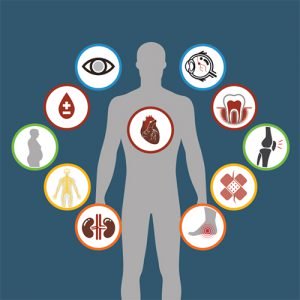
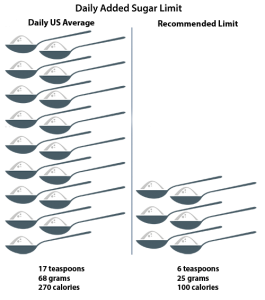


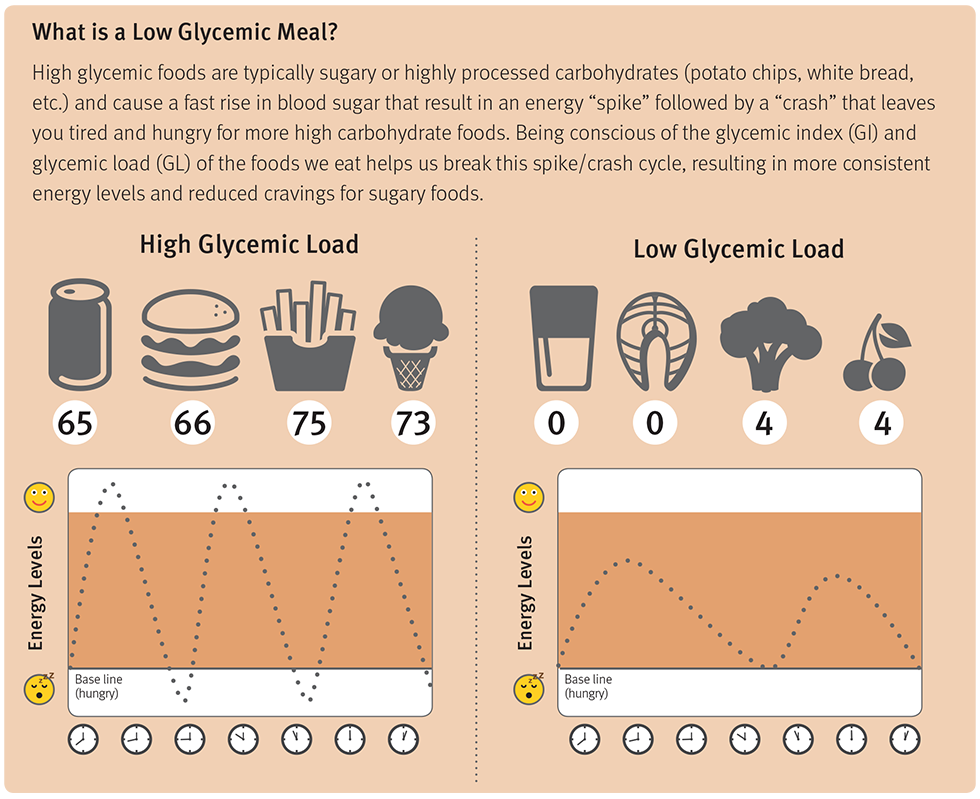


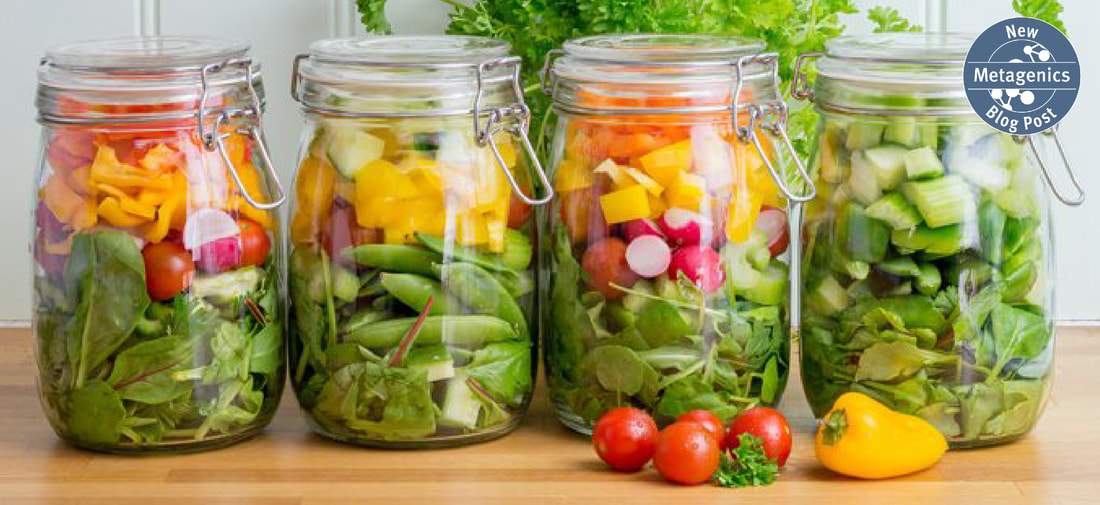

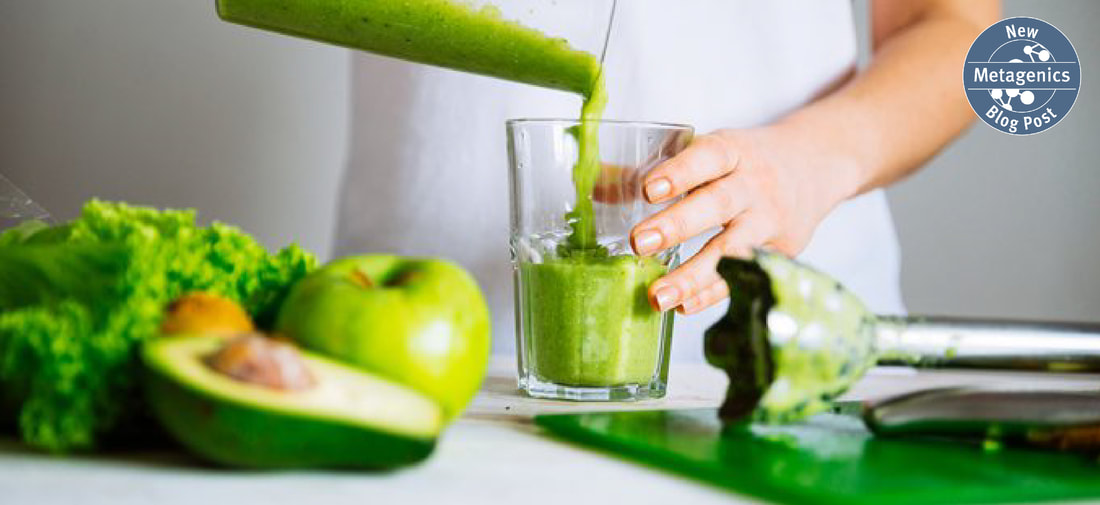
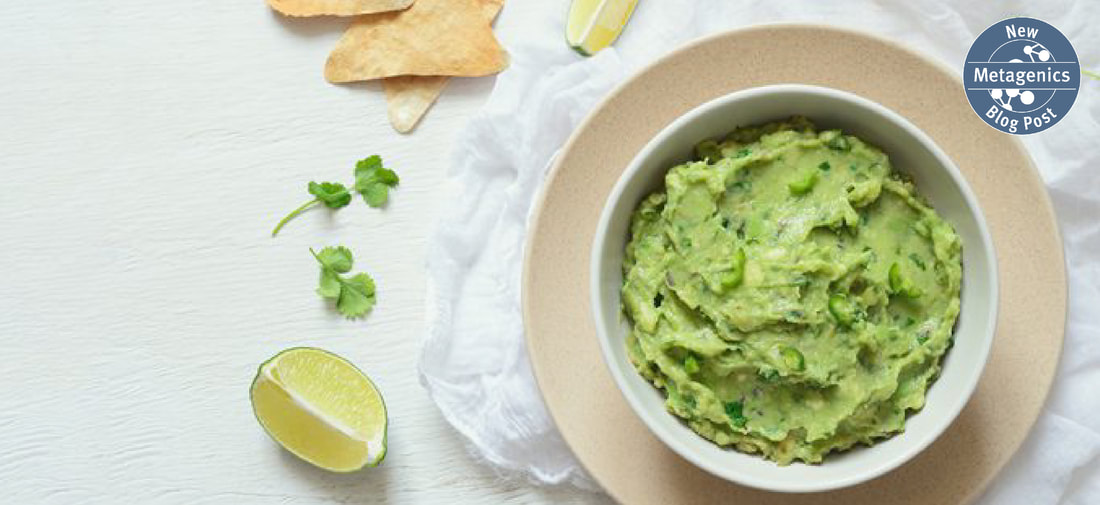
 RSS Feed
RSS Feed